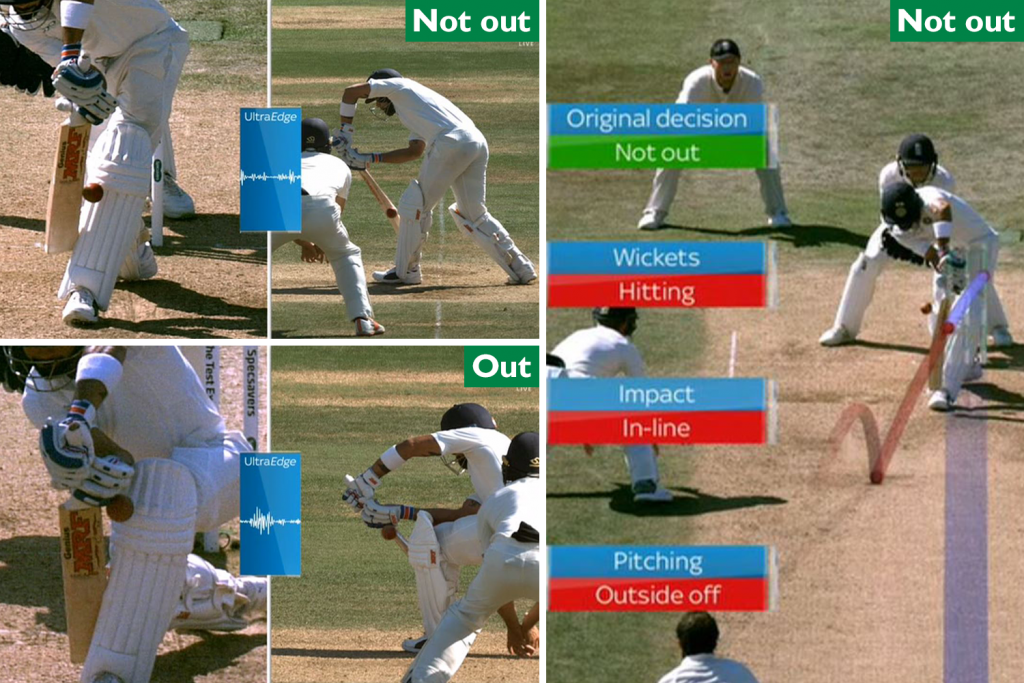Cricket 2.0: How Digital is Changing the Game

The Evolution of Cricket in the Digital Age
Cricket, a sport steeped in tradition and history, has undergone a dramatic transformation in recent years, largely fueled by the relentless march of digital technology. From how the game is consumed to how it’s analyzed and even played, the digital age has fundamentally reshaped the landscape of cricket. This post will delve into the multifaceted evolution, exploring the impact of technology on broadcasting, fan engagement, player development, and the very strategies employed on the field.
The Broadcasting Revolution: From Radio to Streaming
For generations, cricket fans relied on radio commentary to follow their favorite teams and players. The arrival of television brought a visual dimension, but even then, coverage was often limited, particularly for matches outside of major nations. The digital age has shattered these limitations. Live streaming services have become ubiquitous, offering access to matches from around the globe, often with multiple camera angles and in high definition. Platforms like Hotstar, Willow TV, and dedicated cricket streaming sites have democratized access to the sport, allowing fans to follow every ball, regardless of their location.
Beyond simply *watching* the game, digital broadcasting has introduced a wealth of supplementary content. Hawk-Eye, Snickometer, and Hot Spot technologies, initially controversial, are now integral parts of the viewing experience, providing definitive answers to contentious decisions. Real-time statistics, displayed on screen, offer instant insights into player performance and match dynamics. Commentary has also evolved, with analysts leveraging data and visual aids to provide more nuanced and informed perspectives. The rise of social media integration during broadcasts allows fans to participate in the conversation, sharing their opinions and engaging with fellow enthusiasts in real-time.
Fan Engagement: A Digital Community
The digital age has fostered a vibrant and engaged cricket community. Social media platforms like Twitter, Facebook, and Instagram have become essential hubs for fans to connect, discuss matches, and share their passion for the game. Players themselves are increasingly active on these platforms, offering behind-the-scenes glimpses into their lives and interacting directly with fans. This direct engagement has created a new level of intimacy between players and their supporters.
Fantasy cricket leagues have exploded in popularity, adding another layer of engagement. These platforms allow fans to create virtual teams, compete against friends and strangers, and earn points based on the real-life performances of players. Fantasy cricket not only enhances the viewing experience but also encourages a deeper understanding of the game’s intricacies. Cricket-specific websites and apps provide a wealth of information, including news, scores, schedules, player profiles, and historical data. Interactive polls and quizzes further engage fans and test their knowledge of the sport.

Player Development and Performance Analysis
The impact of digital technology extends beyond broadcasting and fan engagement; it’s also revolutionizing player development and performance analysis. Video analysis has become a cornerstone of modern coaching. Players can now review their own performances in minute detail, identifying areas for improvement. Coaches use video analysis to dissect opponents’ techniques, identify weaknesses, and develop tailored strategies.
Wearable technology, such as sensors embedded in bats and balls, provides a wealth of data on player biomechanics, bat speed, ball speed, and impact forces. This data helps coaches and players optimize technique and prevent injuries. Data analytics plays an increasingly important role in team selection and strategic decision-making. Teams now employ data scientists to analyze vast amounts of data, identifying trends, predicting outcomes, and providing insights that can give them a competitive edge. Virtual Reality (VR) and Augmented Reality (AR) are also beginning to emerge as tools for player training, allowing batsmen to practice against simulated bowlers and fielders in a realistic environment.
The Changing Face of Strategy: Data-Driven Cricket
The availability of vast amounts of data is fundamentally changing the way cricket is played. Match simulations, powered by sophisticated algorithms, allow teams to test different strategies and predict the likely outcomes of various scenarios. Heatmaps, showing where batsmen are most likely to score runs, influence field placements. Bowler analysis, based on historical data, helps captains identify the most effective bowlers to use in specific situations.
The rise of T20 cricket has accelerated this trend, as the fast-paced nature of the format demands quick decision-making and a relentless focus on maximizing scoring opportunities. Data analytics is particularly crucial in T20, where every ball counts. The use of data to identify and exploit opposition weaknesses is becoming increasingly sophisticated. Teams are now able to tailor their strategies to target specific batsmen or bowlers, based on their historical performance and tendencies. This data-driven approach to cricket is likely to become even more prevalent in the years to come.
Challenges and the Future of Cricket in the Digital Age
While the digital revolution has undoubtedly benefited cricket, it also presents some challenges. The digital divide means that not all fans have access to the latest technologies, potentially creating inequalities in access to the sport. Concerns about data privacy and the ethical implications of using player data need to be addressed. The potential for technology to overshadow the human element of the game is also a concern.
Looking ahead, we can expect to see even greater integration of technology into all aspects of cricket. Artificial Intelligence (AI) is likely to play a more prominent role in player analysis, strategy development, and even umpiring decisions. Blockchain technology could be used to enhance ticketing systems and combat fraud. Esports and virtual cricket are emerging as new avenues for fan engagement. Ultimately, the future of cricket in the digital age will depend on our ability to harness the power of technology while preserving the spirit and traditions of this beloved sport. The key will be finding a balance – leveraging innovation to enhance the game without losing sight of what makes it special.



